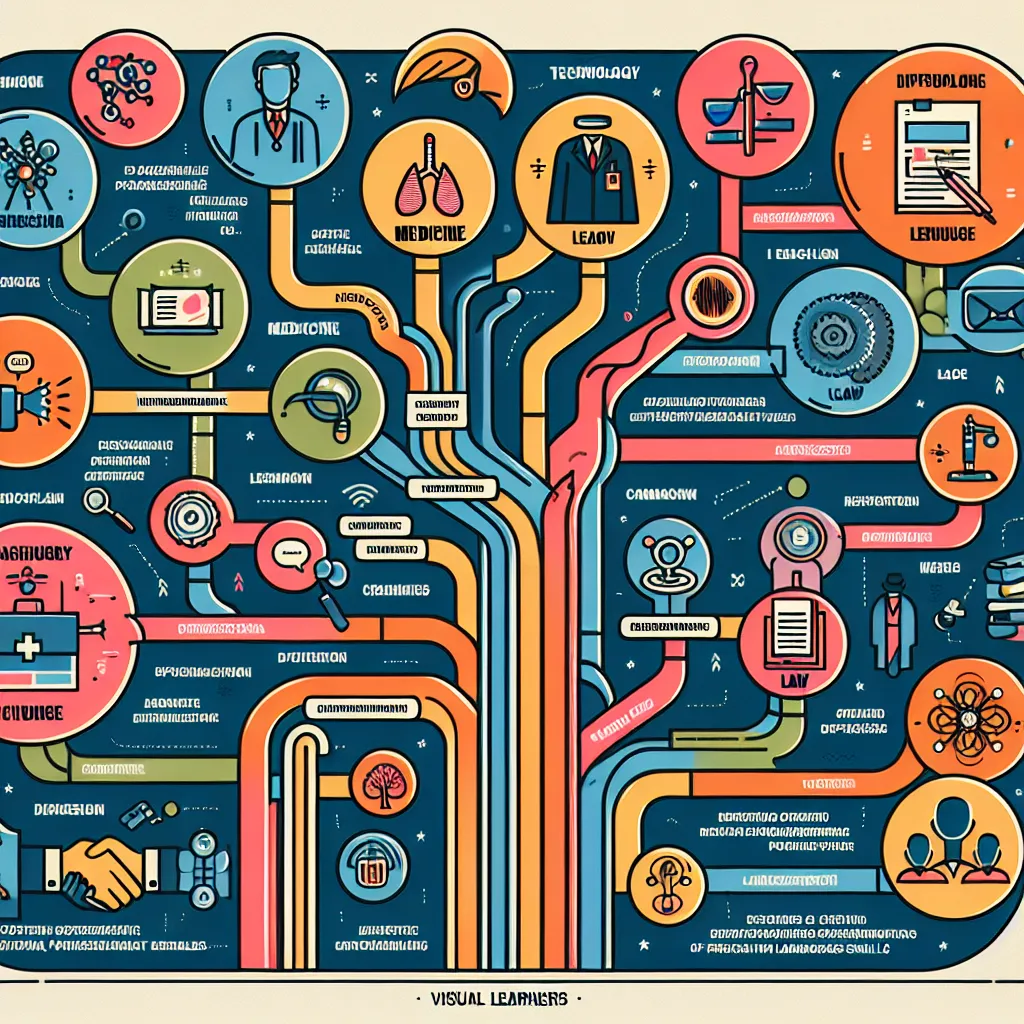Are you looking for innovative ways to enhance your English language skills? Interactive presentations offer a dynamic and engaging approach to language learning. In this article, we’ll explore effective Strategies For Learning English Through Interactive Presentations, providing you with practical tips and insights to boost your language proficiency.
Understanding the Power of Interactive Presentations in Language Learning
Interactive presentations combine visual aids, spoken language, and participatory elements to create a rich learning environment. This multisensory approach caters to various learning styles, making it an excellent tool for English language acquisition.
 Interactive English Presentation
Interactive English Presentation
Why Interactive Presentations Are Effective
- Engagement: Interactive presentations capture and maintain learners’ attention, making the learning process more enjoyable and memorable.
- Active Participation: They encourage learners to actively engage with the material, reinforcing learning through practice.
- Real-time Feedback: Immediate responses and corrections help learners identify and address their mistakes quickly.
- Contextualized Learning: Presentations often provide real-world contexts, making language use more relevant and practical.
Strategies for Maximizing Learning Through Interactive Presentations
1. Prepare and Participate Actively
- Pre-presentation Research: Familiarize yourself with the topic beforehand to enhance comprehension during the presentation.
- Note-taking: Jot down key points, new vocabulary, and questions as you listen.
- Ask Questions: Don’t hesitate to seek clarification or additional examples.
2. Utilize Technology-Enhanced Features
- Interactive Polls: Engage with real-time polls to test your understanding and compare with peers.
- Virtual Whiteboards: Collaborate on language exercises using shared digital spaces.
- Multimedia Elements: Pay attention to videos, animations, and audio clips that complement the spoken content.
3. Focus on Language Skills Development
- Listening Practice: Pay close attention to the presenter’s pronunciation, intonation, and rhythm.
- Speaking Opportunities: Volunteer to answer questions or participate in role-play activities.
- Reading Comprehension: Analyze on-screen text, such as slides or captions, to improve your reading skills.
- Writing Exercises: Participate in chat-based discussions or collaborative writing tasks during the presentation.
4. Engage in Post-Presentation Activities
- Reflection: Summarize the main points of the presentation in your own words.
- Vocabulary Review: Create flashcards or a personal glossary of new terms encountered.
- Discussion Groups: Join or form study groups to discuss the presentation content and practice speaking.
Leveraging Interactive Presentations for Specific Language Goals
Improving Pronunciation
Interactive presentations often include pronunciation drills and audio components. Take advantage of these features by:
- Repeating words and phrases after the presenter
- Using speech recognition tools to compare your pronunciation with the model
- Participating in tongue twister challenges or pronunciation games
Expanding Vocabulary
Interactive presentations are excellent for contextual vocabulary learning:
- Pay attention to word clouds or vocabulary lists displayed during the presentation
- Use the chat function to practice using new words in sentences
- Engage in word association games or quizzes integrated into the presentation
Enhancing Grammar Skills
Many interactive presentations include grammar components:
- Look for interactive grammar exercises or quizzes within the presentation
- Analyze sentence structures used in the presentation content
- Participate in error correction activities or fill-in-the-blank exercises
Tips for Creating Your Own Interactive Presentations
Learning by teaching is a powerful strategy. Consider creating your own interactive presentations to reinforce your English skills:
- Choose topics you’re passionate about to maintain engagement
- Incorporate a variety of interactive elements like polls, quizzes, and discussion prompts
- Use clear, concise language and provide visual aids to support your content
- Practice your presentation skills, focusing on pronunciation and fluency
- Seek feedback from peers or language exchange partners
For more insights on peer teaching strategies, check out our article on strategies for mastering English through peer teaching.
Overcoming Common Challenges
Technological Barriers
- Familiarize yourself with the platform before the presentation
- Have a backup plan in case of technical issues (e.g., dial-in options for audio)
- Don’t be afraid to ask for technical support if needed
Participation Anxiety
- Start with small contributions, such as responding to simple polls or chat messages
- Prepare questions or comments in advance to boost your confidence
- Remember that making mistakes is a natural part of the learning process
Information Overload
- Focus on understanding the main ideas rather than every detail
- Take breaks during longer presentations to process information
- Review and consolidate your notes after the presentation
Next Steps: Applying Your Learning
To maximize the benefits of interactive presentations in your English learning journey:
- Regular Practice: Attend interactive presentations frequently to build consistency in your learning
- Apply New Knowledge: Use newly learned vocabulary and grammar structures in your daily English practice
- Seek Varied Content: Explore presentations on diverse topics to broaden your language exposure
- Set Goals: Define specific language objectives for each presentation you attend
- Track Progress: Keep a learning journal to monitor your improvement over time
For additional strategies on immersive learning experiences, explore our article on tips for mastering English through language simulations.
Conclusion
Interactive presentations offer a wealth of opportunities for enhancing your English language skills. By actively engaging with the content, utilizing technology-enhanced features, and focusing on specific language goals, you can significantly accelerate your learning progress. Remember, consistent practice and application of these strategies are key to achieving fluency and confidence in English. Embrace the interactive nature of these presentations, and watch your language skills flourish!
We encourage you to share your experiences with interactive presentations in the comments below. What strategies have you found most effective? How have interactive presentations helped you improve your English? Your insights could be invaluable to fellow language learners on their journey to English proficiency.




